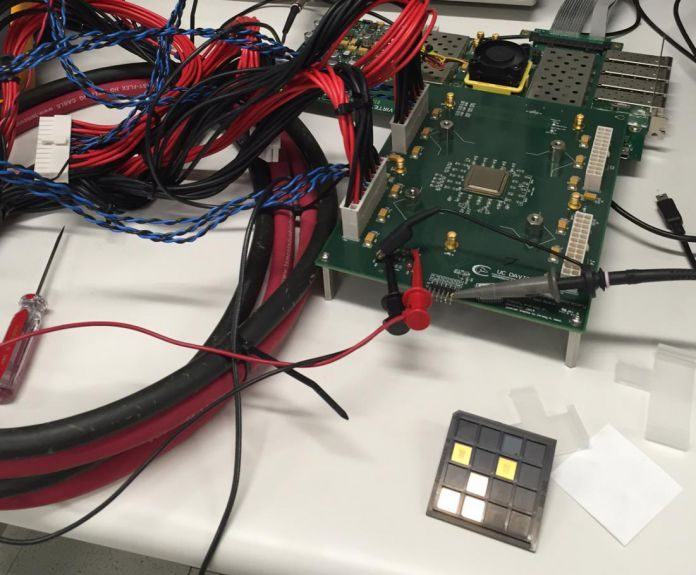Before microprocessors, small computers had been built using racks of circuit boards with many medium and small-scale integrated circuits. To include the functions of a computer’s central processing unit (CPU) on a single integrated circuit (IC), a computer processor chip also known as a microprocessor, is used.
This computer processor chip is multipurpose, clock driven, register based, programmable electronic device. As input, it accepts binary or digital data. The input is processed according to instructions stored in its memory and gives the result as output.
This chip contains both combinational logic and sequential digital logic. It works on numbers and symbols represented in the binary numeral system. Microprocessors combined this medium and small-scale integrated circuits one or a few large-scale ICs.
In our recent article ‘World’s first living and breathing supercomputer‘, you have read about, a computer was develop based on Adenosine triphosphate (ATP). It consists of the very small microprocessor chip, has a size of 1.5 cm square. The parallel network is composed of this chip.
This supercomputer is also known as bio-supercomputer. This bio-supercomputer can process information very fast and precise by using parallel networks in the same way that large electronic supercomputers do.
A team at the University of California, Davis, Department of Electrical and Computer Engineering, develop a microchip which contains 1,000 independent programmable processors.
The chip is known by “KiloCore”. It is energy efficient has a large computation rate of 1.78 trillion instructions per second. This Kilocore chip consists of 621 million transistors.
According to Bevan Baas, professor of electrical and computer engineering, who led the team said, “Other multiple-processor chips have been created, none exceed about 300 processors. Most were developed for research purposes and few are sold commercially. The KiloCore chip was fabricated by IBM using their 32 nm CMOS technology.”
- It is the world’s first 1,000-processor chip.
- It is the highest clock rate processor ever designed in a university.
- Energy efficient.
- Can perform instructions above 100 times more effectively.
The chip’s processor core performs its own small program independently. It is basically more pliable approach than so-called Single-Instruction-Multiple-Data approaches made by GPUs. The purpose was to break an application up into many small pieces. This is because, each of which can run in parallel on different processors, enabling high throughput with using low energy.
Each processor in this chip is specially disguised. It can close itself by its own for saving energy when not needed. Its cores perform on the average maximum clock frequency of 1.78 GHz. Instead of using a combined memory area that can become an obstacle for data, they translate data directly to each other.
The chip is the most energy-effective “many-core” processor ever. While spending only 0.7 Watts, the 1,000 processors can execute 115 billion instructions per second. This is small enough to be powered by a single AA battery. As compare to a modern laptop processor, This KiloCore chip performs instructions more than 100 times more effectively.
The chip can be used in wireless coding/decoding, video processing, encryption, and others involving large amounts of parallel data such as scientific data applications and data center record processing. The team has completed a compiler and automatic program mapping tools for use in programming the chip.
